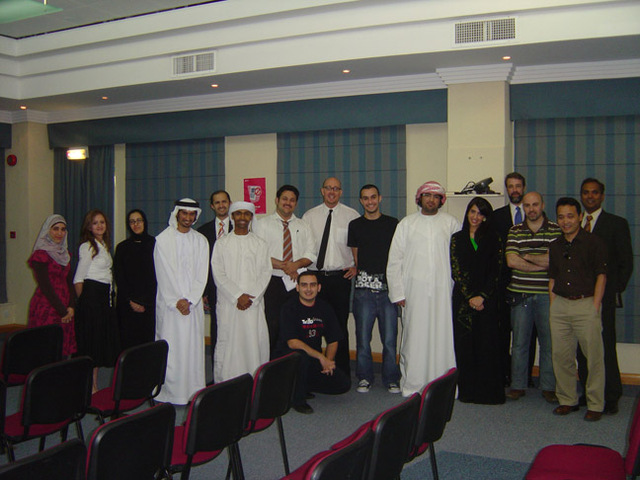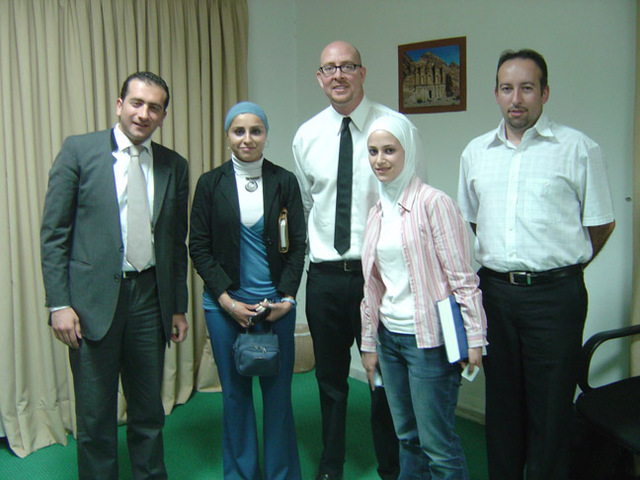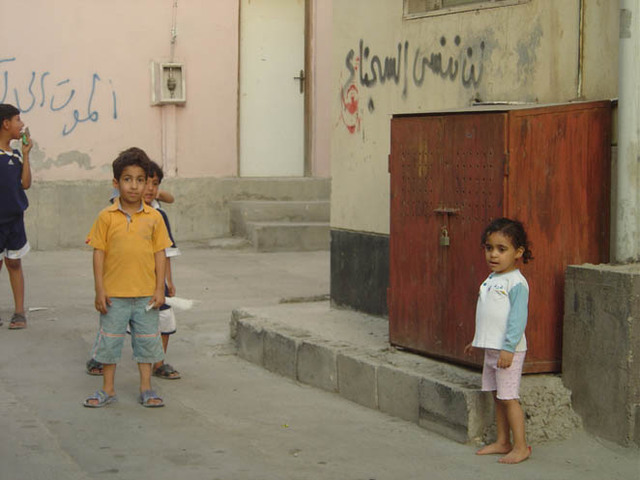Thin Line


Students in Abu Dhabi.

Anderson with graduate students in Amman, Jordan.

Kids playing on a peaceful street in the Middle East.




